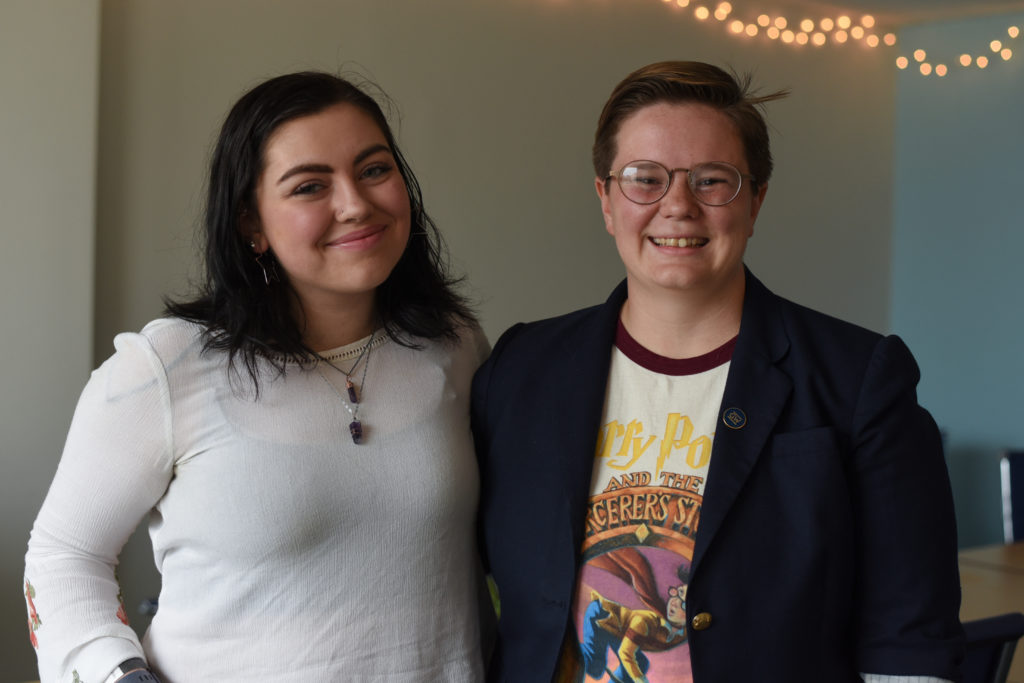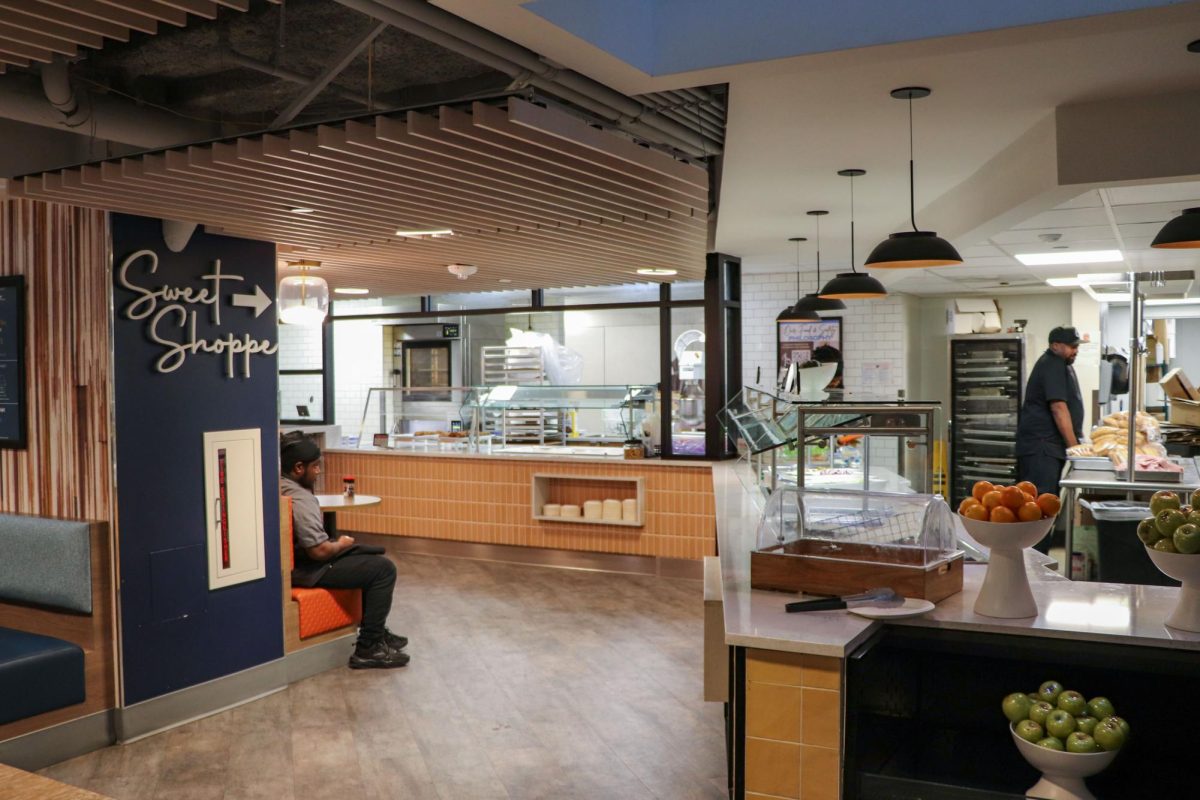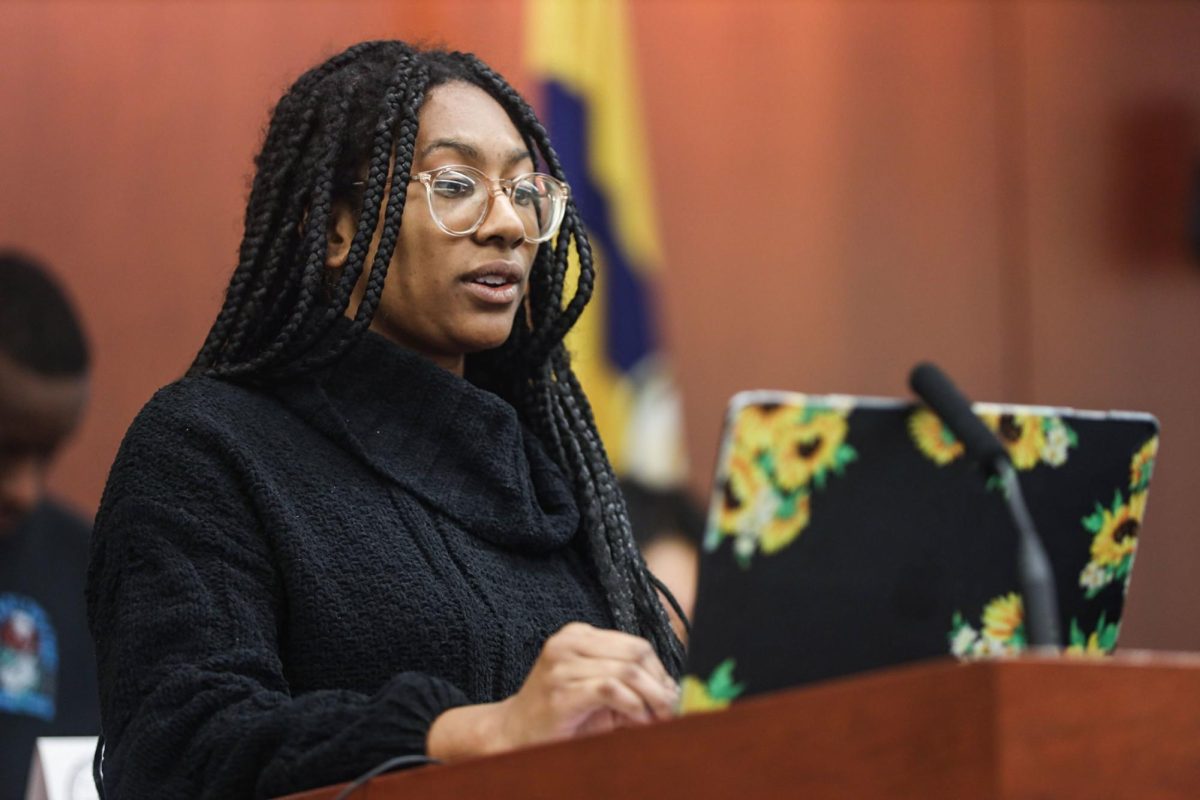Student Association leaders published a mid-year report earlier this month detailing dozens of projects completed over the past seven months.
Leaders have wrapped up 43 tasks, like forming a task force to propose alternative GW nicknames, creating the first Black Senators Caucus and hosting a Jewish student community forum after an anti-Semitic Snapchat circulated campus, according to the report. SA President SJ Matthews said the majority of the projects, like adding more laundry credits, built upon pushes to increase affordability that she vowed to work on when campaigning for president last spring.
“Our goal was to make sure we were delivering on things we promised,” Matthews said. “I think we honestly did so well at that, that we were able to tackle a lot of other issues.”
The mid-year report details projects like the expansion of Colonial Health Center hours and the push for a health clinic on the Mount Vernon Campus. Leaders highlighted the Anti-Semitic Task Force, created to foster dialogue about anti-Semitism, and the Strategic Planning Task Force Advisory Board formed to gather feedback from students about what to add to the strategic campus plan.
Matthews said the SA advocated to implement in-person diversity trainings, increase transparency between students and the SA and improve campus lighting to protect students from potential active shooter situations last semester – all of which leaders planned to work on.
The SA also formed the Colonial Moniker Task Force, which advocates for changing the University’s Colonials nickname. The task force has spent the past few months brainstorming alternatives to the moniker, and a bill outlining the group’s ideas will be presented to the Board of Trustees in May, Matthews said.
She added that she will aim to host a political student organization dinner next semester, along with Nia Lartey, the SA’s vice president for student activities. Matthews said political student groups, like College Democrats and College Republicans, will get together at the event to mingle and discuss ways to promote civil discourse on campus.
“I was here in 2016, as a freshman, and I saw how this campus got very fractured following that election,” Matthews said. “I don’t want to see that happen again, so I think we need to give students the tools to have respectful and real conversations.”
She said SA leaders published the report to ensure students are aware and taking advantage of last semester’s projects, like the renovation of Potomac Park and the health center’s expansion.
Matthews said launching some initiatives, like advocating to add more laundry credits, last semester was “relatively easy” because administrators like Executive Vice President and Chief Financial Officer Mark Diaz helped move along the projects. She said she will continue to garner feedback about future changes during office hours this semester.
“This was just the beginning,” she said. “We’re in these positions until May, and I know that Amy and I fully intend to use every day to make this campus better and leave it better than we found it.”
SA Executive Vice President Amy Martin, who wrote the report, said keeping track of all legislation from the year and from an SA of roughly 100 members was “challenging.”
“We were trying to make sure that we were actually capturing everything that had gotten done, not leaving anyone or any University partners out,” she said. “Making sure that everyone who we worked with and every student who contributed got credit was a really big thing for us.”
Martin said she was most passionate about improving accessibility on campus, referencing Disabled Student Collective and SA leaders’ push to create “cool down” spaces for students with disabilities to relax at large campus events. Martin said she wants to create community-based spaces, like interfaith rooms and gender-neutral bathrooms, this semester.
Nicole Cennamo, the SA’s chief of staff who helped produce the report, said a majority of her work for this project revolved around checking in with SA members about which projects they completed to add to the mid-year report. She said she was responsible for finalizing the descriptions of each project and creating the report’s graphics.
She added that many of the ideas and projects SA leaders have been working on all year, like updating academic and accessibility policies, will be carried out this spring.
“In the end, we’re all part of one organization and we’re all passionate about improvement,” she said. “I think it’s really great that this report provides the platform to reflect that.”








